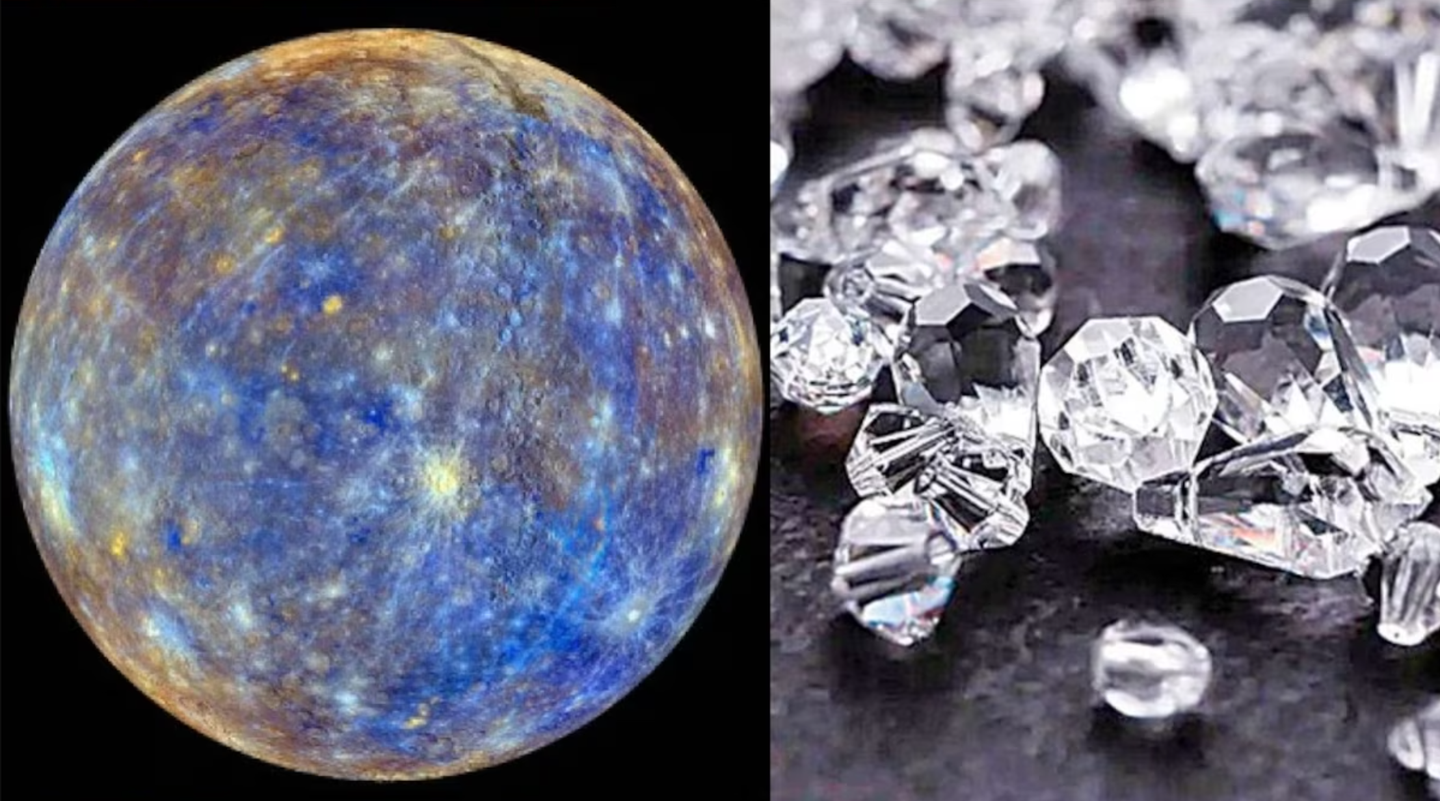Scientists finally discovered the cause of gray hair, study finds
Hair color is controlled by whether non-functional but continually multiplying pools of McSCs within hair follicles become mature

As hair ages, sheds, and then repeatedly grows back, increasing numbers of McSCs get stuck in the stem cell compartment called the hair follicle bulge. (CREDIT: Creative Commons)
NYU Grossman School of Medicine researchers have discovered that certain stem cells in the skin of mice and humans, called melanocyte stem cells (McSCs), have a unique ability to move between different compartments within hair follicles. However, as people age, these cells get stuck in one compartment, lose their ability to mature, and maintain hair color. The study was published in the journal Nature.
Hair color is controlled by whether non-functional but continually multiplying pools of McSCs within hair follicles get the signal to become mature cells that make the protein pigments responsible for color.
During normal hair growth, McSCs continually move back and forth on the maturity axis as they transit between compartments of the developing hair follicle. It is inside these compartments where McSCs are exposed to different levels of maturity-influencing protein signals.
According to the research team, as hair ages, sheds, and then repeatedly grows back, increasing numbers of McSCs get stuck in the stem cell compartment called the hair follicle bulge. There, they remain, do not mature into the transit-amplifying state, and do not travel back to their original location in the germ compartment, where WNT proteins would have prodded them to regenerate into pigment cells.
Related Stories:
"Our study adds to our basic understanding of how melanocyte stem cells work to color hair," said study lead investigator Qi Sun, PhD, a postdoctoral fellow at NYU Langone Health. "The newfound mechanisms raise the possibility that the same fixed-positioning of melanocyte stem cells may exist in humans. If so, it presents a potential pathway for reversing or preventing the graying of human hair by helping jammed cells to move again between developing hair follicle compartments."
The researchers found that McSC plasticity is not present in other self-regenerating stem cells, such as those making up the hair follicle itself, which are known to move in only one direction along an established timeline as they mature. For example, transit-amplifying hair follicle cells never revert to their original stem cell state. This helps explain in part why hair can keep growing even while its pigmentation fails.
Earlier work by the same research team at NYU showed that WNT signaling was needed to stimulate the McSCs to mature and produce pigment. That study had also shown that McSCs were many trillions of times less exposed to WNT signaling in the hair follicle bulge than in the hair germ compartment, which is situated directly below the bulge.
Hair-coloring stem cells (at left, in pink) need to be in the hair germ compartment in order to be activated (at right) to develop into pigment. (CREDIT: SPRINGER-NATURE PUBLISHING)
In the latest experiments in mice whose hair was physically aged by plucking and forced regrowth, the number of hair follicles with McSCs lodged in the follicle bulge increased from 15% before plucking to nearly half after forced aging. These cells remained incapable of regenerating or maturing into pigment-producing melanocytes.
By contrast, other McSCs that continued to move back and forth between the follicle bulge and hair germ retained their ability to regenerate as McSCs, mature into melanocytes, and produce pigment over the entire study period of two years.
HG McSCs possess self-renewal ability. (CREDIT: Nature)
"It is the loss of chameleon-like function in melanocyte stem cells that may be responsible for graying and loss of hair color," said study senior investigator Mayumi Ito, PhD, a professor in the Ronald O. Perelman Department of Dermatology and the Department of Cell Biology at NYU Langone Health.
"These findings suggest that melanocyte stem cell motility and reversible differentiation are key to keeping hair healthy and colored," said Ito, who is also a professor in the Department of Cell Biology at NYU Langone.
Ito says the team has plans to investigate means of restoring motility of McSCs or of physically moving them back to their germ compartment, where they can produce pigment.
The potential applications of this research are significant. Graying hair affects a large percentage of the population, and while it is often seen as a natural part of aging, it can have a significant impact on a person's self-esteem and confidence.
If the NYU Grossman School of Medicine research team is successful in their efforts to restore the motility of McSCs, it could pave the way for new treatments to prevent or reverse the graying of hair.
The study's findings could also have implications beyond hair color. According to Ito, "The plasticity of McSCs suggests that similar mechanisms may exist in other types of stem cells that are responsible for the maintenance and regeneration of tissues throughout the body. Understanding how stem cells move and differentiate in different contexts could lead to new insights into the mechanisms of aging and the development of new therapies for a wide range of diseases."
The research team's next steps will be to further investigate the mechanisms that control the motility of McSCs and develop strategies to restore their plasticity. They will also explore the potential for using small molecules or other agents to promote the movement of McSCs back to their germ compartment.
The study's co-authors include Minwoo Kim, Bo Zhang, Vivian Lee, Bin Wu, Zhiwei Ma, Michael Peckerar, Luiza Baptista, Sadegh Davari, David R. Drummond, Jessica G. Yeh, and Elsa Quintana-Bustamante.
The NYU Grossman School of Medicine research team's work on McSCs is just one example of the groundbreaking research being conducted in the field of stem cell biology. Stem cells have the potential to revolutionize medicine by providing new ways to treat a wide range of diseases and injuries. They have already been used to treat conditions such as leukemia, lymphoma, and some forms of anemia.
Stem cells are unique in their ability to develop into many different types of cells in the body. This makes them useful for repairing or replacing damaged tissue. Stem cells can be found in many different tissues in the body, including the bone marrow, blood, and fat. In recent years, scientists have been able to produce stem cells in the laboratory, which has opened up new possibilities for research and treatment.
While stem cell research holds great promise, it is also controversial. Some people have ethical concerns about the use of embryonic stem cells, which are taken from human embryos.
There are also safety concerns related to the use of stem cells in medical treatments. However, many scientists believe that with proper regulation and oversight, stem cell research can be conducted safely and ethically.
The NYU Grossman School of Medicine research team's work on McSCs is an exciting step forward in the field of stem cell biology. By uncovering the mechanisms that control the motility of McSCs, they have opened up new possibilities for treating the graying of hair and other conditions related to aging.
As they continue their research, they may uncover new insights into the mechanisms of aging and the development of new therapies for a wide range of diseases.
Note: Materials provided by The Brighter Side of News. Content may be edited for style and length.
Like these kind of feel good stories? Get the Brighter Side of News' newsletter.



